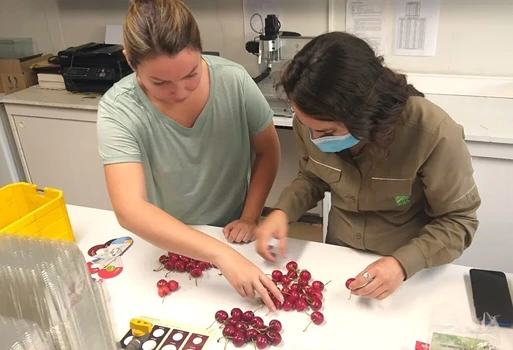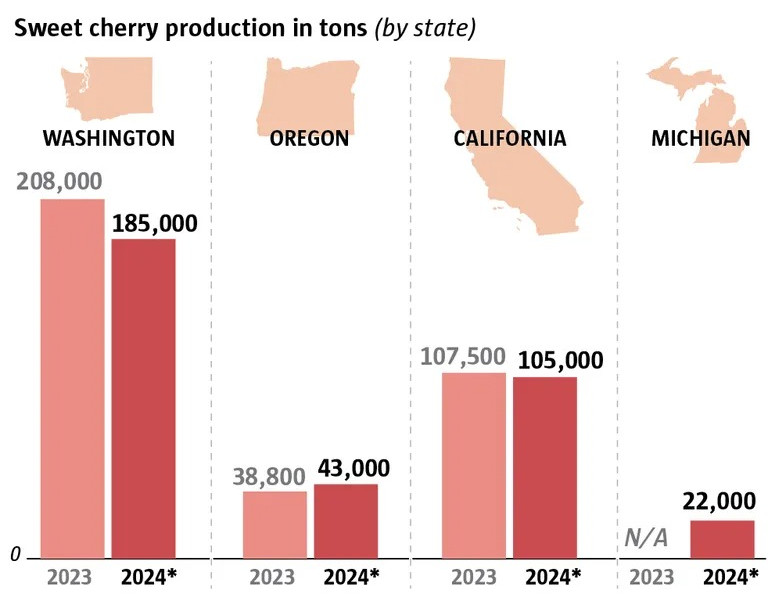Research on the digitalization of orchards continues, and the topic of using digital twins in agriculture has recently gained popularity. But what are they? A digital twin is the virtual reproduction of a physical object or individual, obtained through data collected from various sensors mounted on it.
Although one might argue that collecting unbiased data in natural environments subject to climate change is difficult, doing so could pave the way for smarter agriculture that benefits all parties involved. Predicting the yield of a cherry orchard, for example, can have several benefits and to do so it is sufficient to count all the fruits present in the field during the various stages of the vegetative cycle.
They talked about it at the 16th conference on precision agriculture, which was held in Manhattan, Kansas (USA). Researchers from three different German research institutes presented the For5G project, which aims to create digital twins of cherry trees.
Data collection and trial
During the trial, a system was tested to collect data from cherry plants at representative intervals throughout a fruit development season, and to do so, three cv. Satin trees were used. Before discussing the results obtained, a premise must be made. In fact, there are several factors to consider when expecting to obtain reliable production estimates based on field data.
First of all, it can be said that counting in the early stages of development can be used to anticipate the final yield harvested. The premise that the final yield can be reliably predicted is supported by the good results obtained using linear regression. Long-term planning is made possible by early forecasts, which can even surpass those of an industry expert.
However, the longer the period before the harvest, the more unforeseen circumstances may arise. These factors can have a significant impact on the quantity of fruit, rendering the conclusions of the initial forecast useless.
Key prediction stages
In light of this compromise, the analysis in this research proposes two potential moments that seem particularly appropriate for predicting cherry yield. The first is the period when the buds open and the flower pedicel elongation occurs (BBCH 56), allowing for an early prediction but with greater uncertainty.
After the second fruit drop, cherries can be counted to make a more robust forecast (BBCH 73+). Being able to have production estimates at the beginning of the season offers advantages to farmers who, based on this information, can adjust their crop management strategies.
However, these forecasts are highly subject to variations due to the influence of climatic conditions. The researchers also emphasize that the automated data collection is complicated by a series of problems that still need to be resolved.
Challenges and conclusion
For example, sweet cherry trees are particularly difficult for automatic fruit recognition because the presence of lush foliage can hide numerous fruits that are not counted. However, they conclude that assuming consistent tree behavior and taking into account the influence of external factors such as bird damage, frost, and drought that can distort forecast values, it can be stated that yield prediction using linear progression is feasible for all growth stages of sweet cherry fruit trees.
Source: GILSON, Andreas, et al. Cherry Yield Forecast: Harvest Prediction for Individual Sweet Cherry Trees. arXiv preprint arXiv:2503.20419, 2025. https://doi.org/10.48550/arXiv.2503.20419
Image source: SL Fruit Service
Melissa Venturi
University of Bologna (ITA)
Cherry Times - All rights reserved












